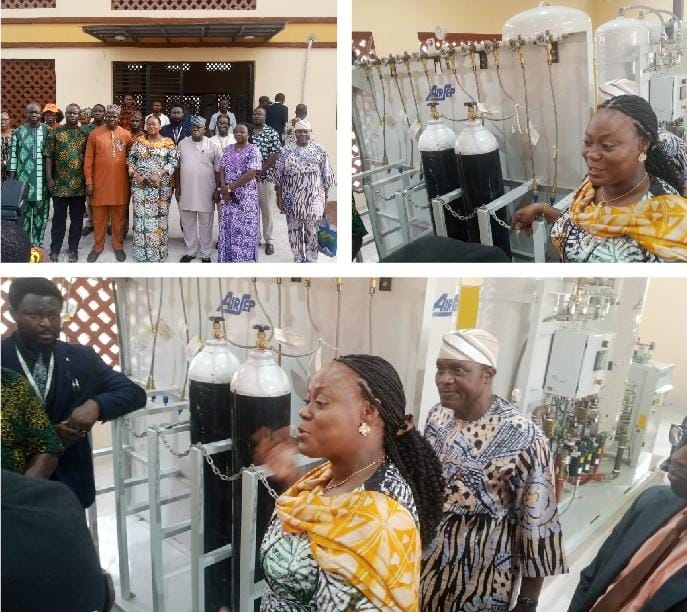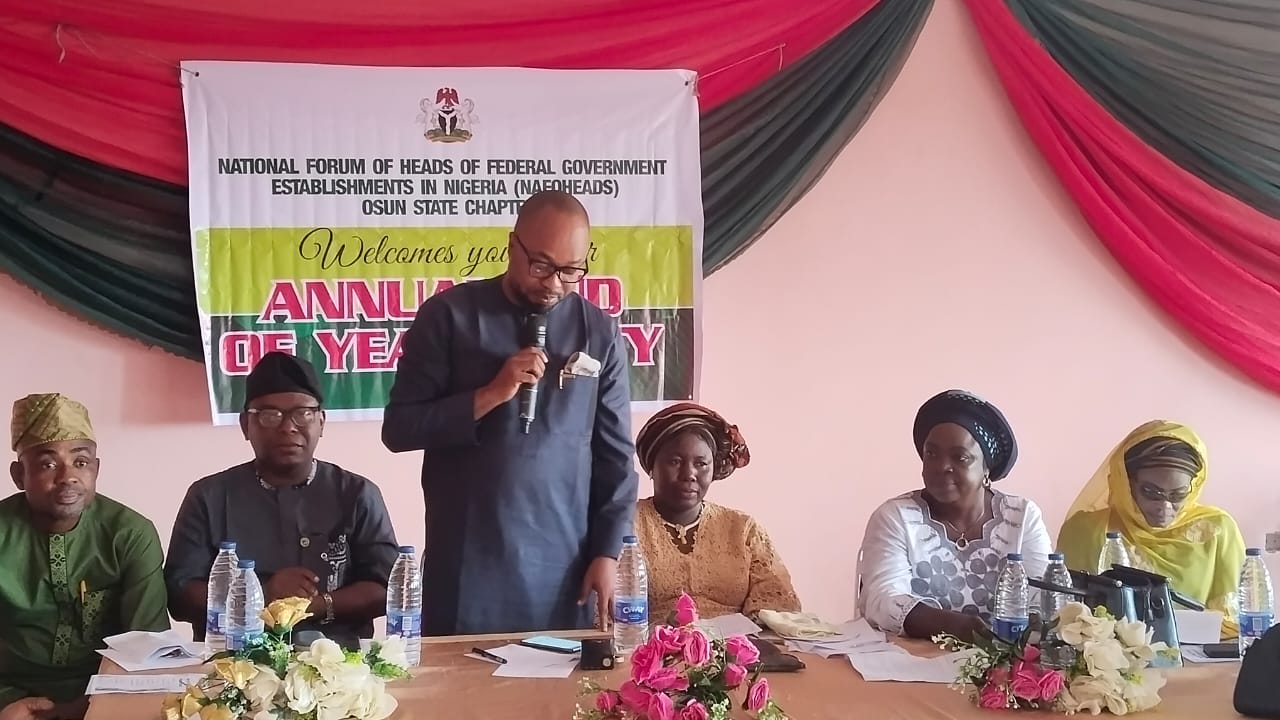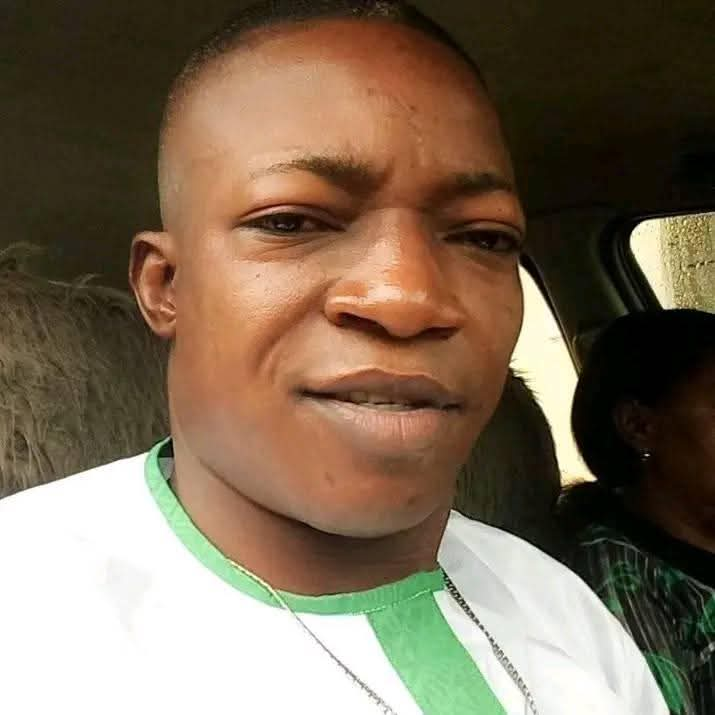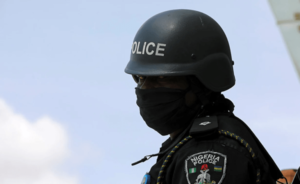The Nigerian Armed Forces and Security in the North East; Service Beyond the Call of Duty
The Boko Haram insurgency in the North East Nigeria has resulted in a protracted crisis with
immense national and regional implications. Structural drivers of the conflict, such as lack of development, the impact of climate change, zero-sum local politics, human rights violations and governance deficits, as well as socio-economic inequality, present major challenges that pre-date, and have been amplified by the conflict.
The impact of the Boko Haram insurgency on Nigeria has been very significant although in negative terms. The insurgency and its attendant consequences have led to the mutation of some already existing security concerns while creating new ones.
The consequence of the insurgency is grim and staggering. According to the Council on Foreign Relations (CFR) global conflict tracker over 350,000 people were killed in North East Nigeria between 2009 and 2024. An estimated 3 million displaced persons.
The damage to critical assets is also monumental. In financial terms, the cost is an estimated US$ 9 billion across the North East, with two-thirds of the damages (US$ 5.9 billion) in Borno State alone. According to the World Bank, the breakdown in cost of damage in the other two badly affected states is US$ 1.6 billion and US$ 1.2 billion in Adamawa and Yobe States respectively. Three-quarters of the overall damages are in the agricultural (US$ 3.5 billion) and housing (US$ 3.3 billion)sectors. The conflict resulted in more than 400,000 damaged and destroyed housing units, 95% of which are located in Borno State.
The destruction of more than half of the region’s schools precipitated a near-complete breakdown of an already weak public educational system. According to a March 2016 United
Nations (UN) report, in Borno State the epicentre of the insurgency between the years 2009 and 2016, about 5, 335 classrooms in 512 primary, 38 secondary schools as well as 2 tertiary
institutions were damaged. More than 300 schools were damaged or destroyed and at least 196 teachers and 314 schoolchildren were killed by the end of 2014 when the conflict was still in its infancy.
The Nigerian government has responded with the military being the arrowhead of this response.
Section 217-B of the Nigerian constitution empowers the armed forces to defend Nigeria’s territorial integrity while section 217-C also empowers the military to suppress insurrection and act in aid of civil authority in restoring order. Similarly, Section 218 of the same constitution grants the President in his capacity as the Commander in Chief of the armed forces the power to
determine the operational use of the armed forces. This provides the legal and constitutional foundation to Nigeria’s counter-terrorism and counter-insurgency operations.
A Counter Terrorist Centre (CTC) was established within the Office of the National Security Adviser (ONSA) saddled with the task of coordination the counter-terrorism response. CTC soon came up with a counter terrorist strategy based on five pillars: forestall, secure, identify, prepare
and implement. The NACTEST approach was met with some measure of success as the Nigerian authorities were able to forestall a number of terrorist attacks, were able to secure lots of lives and properties(particularly critical assets), were able to identify and arrest terrorists and their
collaborators before they could carry out attacks.
Between 2009 and 2021, a number of military interventions with different code names were initiated by the Nigerian government in an attempt to quell the violence and restore peace in North East Nigeria. These includes: Operation Flush, Operation Restore law and Order, Operation Boyona; Operation Zaman Lafia, Operation Lafia Doyle, and Operation Hadin Kai.
Nigeria’s counter-terrorism and counter insurgency measures in the North East over the past decade and a half have been quite tumultuous. It was initially not adequately coordinated and
executed and as such the insurgency rather than flounder, flourished instead. Also affected were
civil-military relations as tension between security agents and the civilian population of the
insurgency embroiled areas almost completely fractured. However, there has been significant improvement on many fronts as empirically supported by the containment of the insurgency and
expulsion of insurgents to the fringe areas of the affected states.
The Nigerian military alongside their colleagues from Cameroon (Sector I), Chad (Sector II), and Niger republic (Sector 4), in March 2015 successfully rolled back Boko Haram’s earlier territorial gains. The 2015/2016 – 2018/2019 MNJTF military offensive coupled with internal schisms within
Boko Haram resulted in the eventual split in the movement. Moreover, the previously impregnable insurgent enclave of Alagarno Forest-Timbuktu Triangle (comprising Buk, Talala, Gorgi in Sambisa forest) was finally breached by in January 2021. This achieved the twin benefit of freedom for those trapped in Boko Haram controlled areas as well as helping to facilitate the delivery of much needed humanitarian assistance.
Initially impediments ranged from alleged inadequate funding and lack of modern weapons, low morale among the fighting troops and acts of sabotage, apparent disconnect between the security forces and the general populace within the conflict zone, the presence of skilled foreign jihadists
as well as the absence of synergy among the government fighting forces among others.
In response to the insinuations that the Nigerian armed forces was hampered by the lack of modern weapons and plagued by poor personnel welfare and associated low troops morale, The Nigerian Army Resource Centre (NARC) insisted that the allusion were wrong. Moreover, in terms of funding they equally expressed satisfaction with the level of funds received while pointing out that no military force in the world ever meets its entire funding requirement.
The upsurge in BH attacks between 2012 and 2018 was explained as the desire by the insurgents to gain territory for a number of reasons (economic, political, prestige, religious). In their quest to
overthrow the Nigerian authorities, all means and any means were employed by BH, especially attacks on vulnerable targets both military and civilian. Moreover, the Defence Intelligence
Agency alluded to BH benefiting from foreign weapons supply as well as looted government armoury. Further, he argued that each successful attack by BH on a military installation not only
yielded valuable weapons and equipment but also emboldened them to conduct more attacks. In response to these seeming set-backs, the military conducted joint operations (between and among armed forces of different countries) and combined operations (between and among various arms
of the same military).
The military has been able to help create stability, however, they were also compelled to go beyond their initial briefs and into territories they were not equipped for. The original design should have had the entry point of the military coming in at the start of the insurgency and the exit strategy of pulling out and handing over authority to the police and civilian authorities once the insurgency is curtailed. However, the military has found itself increasingly involved in civil relations and duties
it is not trained or equipped for. Ordinarily the military should not be involved in too many civilian projects, but because of the peculiarity of this situation, the wmilitary is doing a lot to win the hearts and minds and build strong relations with the locals through execution of a number of
community projects also known as quick impact projects.
In terms of carrying the war to BH, the army acknowledged it has suffered previous hiccups, however, coordination between air and ground troops has improved considerably as witnessed
with the relentless assault on JAS and ISWAP positions at Sambisa and the Lac Islands of Lake Chad. Moreover, the previous challenge of poor visibility during rainy and harmattan seasons
which led to some incidences of friendly fire, have been successfully tackled with the deployment of visibility enhancing technology. There is better coordination between ground troops and personnel assigned with the provision of tactical air support. Intelligence gathering and utilisation
is also enhanced as exemplified by the arrest of many top BH commanders and assassinations of their Wali, nikab and other leaders.
Central to this success are the valiant efforts of the men and women of the Nigerian Armed Forces.
They continue to play a crucial role in nation building, territorial protection, as well as securing
citizens in the face of increasing threats from insurgent and terrorist attacks. In the theater of war,
their service often beyond the call of duty represents dedication and selflessness worthy of emulation. Like the popular Yoruba saying celebrating Oyo (Eso Ikoyi) warriors of old, the
Nigerian armed forces are the “opomulero mojalekan”, the pillar that holds the house.
Despite the seeming success, some familiar problems still remain. The Military lacks the manpower to cover all duty posts and perform all duties. They are also becoming increasingly
overstretched and over worked. The military recognises the faith-based nature of the Boko Haram insurgency and identify the importance of counter narratives in combating violent extremism and are therefore depriving the insurgents of foot soldiers. As contained in the National Counterterrorism Strategy (NACTEST) document, the Nigerian authorities while acknowledging the invaluable success of the military strategy also understood the need for a non-kinetic approach as a counterpart strategy to the kinetic (military) option adopted against Boko Haram insurgents.
The valiant efforts of the Nigerian security agencies in response to the Boko Haram insurgency though fraught with some concerns especially in its inability to completely crush the insurgency, however deserves a lot of commendation. A tribute to the fallen heroes and appreciation to those
still fighting. The nation owes these heroes a load of debt that can never be paid. Their sweat and blood continues to water the trees of liberty. They didn’t even know their names but they died protecting the people. Borrowing from Winston Churchill, “never in the history of conflict has so
much been owed by so many to so few.” God almighty rest the souls of all departed.
Akinniyi A. Oyewusi
Adeleke University
Ede
Osun State















Post Comment